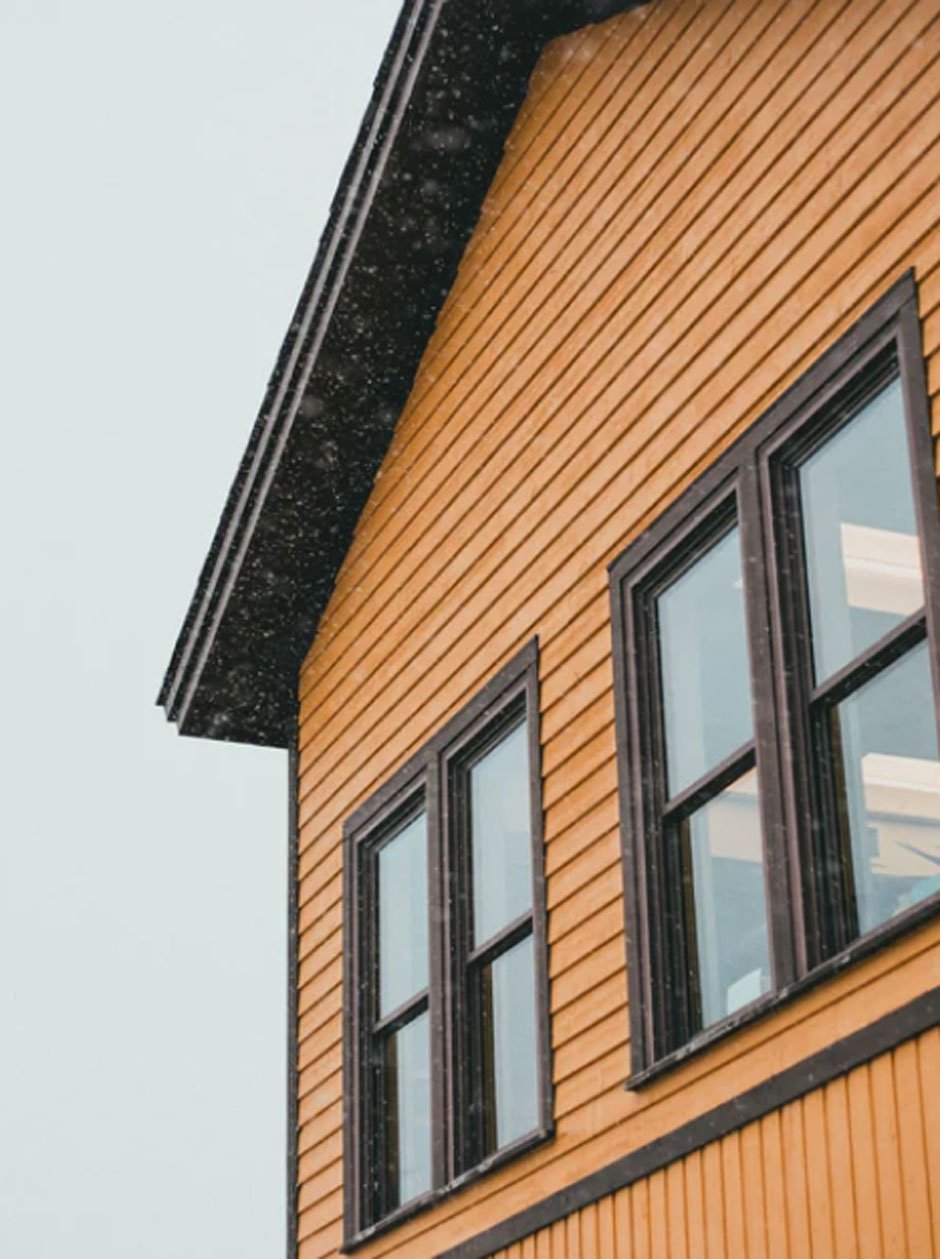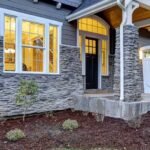If you’re tired of constant power washing or worrying about siding rot, there’s good news: today’s siding materials and technologies offer real solutions. In this guide, we’ll dive into the best moss-resistant siding options for PNW homes, how they work, and what homeowners should know when upgrading.
The Moss Problem in the Pacific Northwest
Washington gets a lot of rain—Seattle alone averages 38 inches per year, with some forested regions receiving over 80 inches annually. Add in mild temperatures and dense tree cover, and you get the perfect breeding ground for moss, mildew, and algae.
Homes with north-facing walls or those surrounded by tall trees are particularly vulnerable. Moss holds onto water and feeds off airborne nutrients, clinging to wood, composite, or vinyl siding. Over time, this not only affects curb appeal but compromises the material’s longevity.
Fortunately, working with professionals who specialize in expert siding installation can help you choose materials that resist moss naturally, reducing long-term maintenance costs and protecting your home’s structure.
Siding Materials That Resist Moss Growth
Not all siding is created equal—especially in the Pacific Northwest. Here are the top materials that offer natural moss resistance:
1. Fiber Cement Siding
Brands like James Hardie produce fiber cement siding that’s designed for moisture-heavy climates. It’s a durable mix of cement, sand, and cellulose fibers that resists mold, mildew, and moss better than traditional wood.
Pros:
- Non-organic material (not a food source for moss)
- Long lifespan (up to 50 years)
- Holds paint exceptionally well
2. Engineered Wood with Treated Coating
Modern engineered wood siding, such as LP® SmartSide®, is treated with proprietary zinc borate formulas that inhibit fungal growth and insect damage. These products mimic the warmth of natural wood while offering better defense in wet conditions.
Pros:
- More affordable than fiber cement
- Moss and mildew resistance built in
- Easier to cut and install
3. High-Quality Vinyl Siding
Vinyl siding has come a long way. Thicker panels with UV stabilizers and built-in mildew inhibitors offer low-maintenance, moss-resistant performance in shady yards. Just be sure to opt for premium-grade vinyl.
Pros:
- Lowest maintenance of all options
- Available in moss-hiding textures and darker colors
- No repainting required
4. Metal Siding (Aluminum or Steel)
Though less common for residential homes, metal siding (especially pre-painted steel) naturally resists moss and mildew. It’s also fire-resistant and nearly maintenance-free.
Best Practices for Moss Prevention
Choosing the right siding is the first step, but preventing moss takes a combination of material choice, installation quality, and smart maintenance. Here’s what to consider:
- Ensure Proper Drainage: Gutters and downspouts should direct water away from siding. Splashback from improperly graded soil can soak lower walls and encourage moss growth.
- Trim Nearby Vegetation: Allow more sunlight to reach your siding by trimming branches or thinning dense shrubbery.
- Use Mold-Resistant Paint or Finish: For painted siding, especially wood or engineered wood, opt for mildew- and algae-resistant coatings.
- Routine Inspections: A quick seasonal check for buildup, damage, or discoloration can prevent long-term problems.
For larger projects or complete replacements, working with the best siding contractor in Utah (if expanding services beyond Washington) or locally trusted PNW experts ensures that your home is not only moss-free but also beautifully finished and code-compliant.
A Healthier, Cleaner, Longer-Lasting Home Exterior
When it comes to siding, what works in dry Arizona won’t cut it in Washington’s shaded, moisture-heavy environments. Choosing moss-resistant siding solutions helps preserve your investment, cuts down on exterior cleaning chores, and keeps your home looking pristine year-round.
Whether you’re updating an older home or building from the ground up, today’s advanced siding materials—paired with proper installation—can help you stay ahead of the moss, no matter how rainy the season.






Leave a Reply